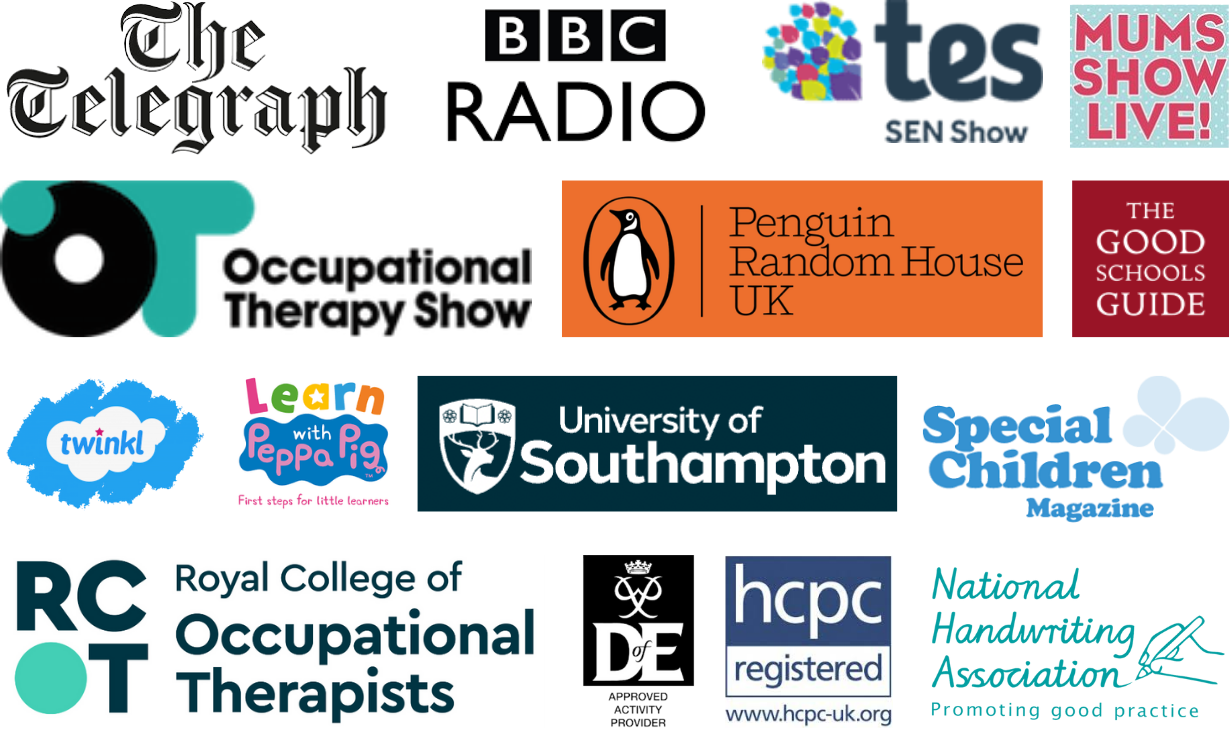Thanking the Victorians
In this post, I’ll compare desks in a Victorian classroom with those in a modern school. You may find the results on the children’s handwriting surprising!
You’d notice several differences when comparing a Victorian classroom with a modern one.
Perhaps none more so than the very desks children were sitting at! In Victorian times, all children sat at individual desks in rows facing the front of the class. And the desks at the back were often higher than those at the front. The desks were iron-framed, made out of wood, and often bolted to the floor. This stopped them from moving. Similarly, wooden chairs were often attached to the desks in a fixed position.
Fast forward to today, and classrooms are comparatively higgledy-piggeldy. Desks are often situated amongst larger table groups and face all directions in the classroom. Desks today are flat tables made of various materials; there are no fixings to the floor. Chairs are made of many materials, and none are not connecting to the tables. This might seem arbitrary—it’s just tables and chairs. But actually, those Victorians may have been on to something.
Desks in a Victorian classroom were better for children’s handwriting than today’s desks, and here’s why:
- In a Victorian classroom, the desks always faced the front. There was no need for a child to twist and turn their heads to face the board. As a result, children could write comfortably without twisting.
- The desk surfaces were often sloped at an angle towards the child. This meant that the child’s wrist was in a more natural position to help them write. It also reduced the pressure on their hand when writing by taking the weight off their arm. Today, the modern-day equivalent is a sloping board.
- The desk surface on a Victorian desk was comparatively large compared to today’s. Now children sit closely beside their classmates. As children had desks, they had more space to work on without banging elbows with the child sitting next to them.
- Children were forced to retain a better posture as the desk and chairs were often bolted to the floor in a Victorian classroom. A good posture is vital to good health and good handwriting, and some handwriting issues result from poor posture. A good posture for handwriting is feet flat on the floor. Back up straight. The paper tilted, and the chair was not too far from the desk. Victorian desks ensured this posture was maintained.
- The desks at the back were often higher than those at the front, so all the children could see the board without having to stretch or strain.
Aside from the desks, there was much more repetition in Victorian education when learning. This helped “muscle memory”, meaning that children could write without looking at the page because handwriting became second nature to them. Regarding desks, it looks like the Victorians had something write.. I mean “right”!










